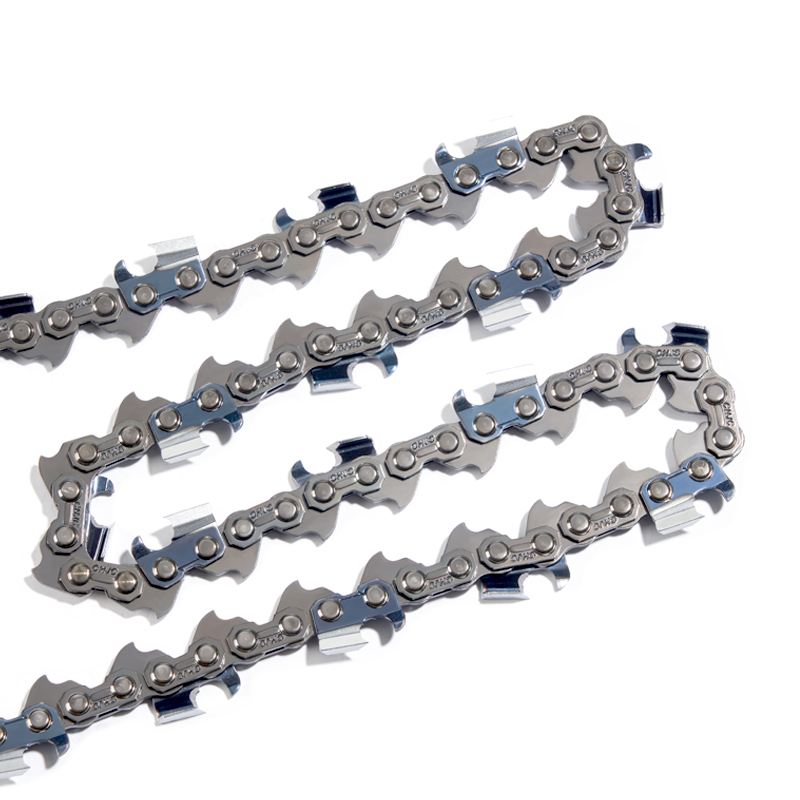1. Provide a stronger connection force to guarantee structural stability
Tie starp and rivets play an important role in the connection and fixation of the various parts of the chain in the .404 ".080" harvesting chain. Stronger tie starp and rivets can provide a stronger connection force to ensure that the chain will not fail due to loosening or rupture of connection parts during rotation and high -speed cut. This improved connection force helps maintain the general structural stability of the chain and reduce the lengthening of the chain caused by loose connection parts.
2. Stress effectively disperse and reduce the risk of elongation
Strong tie starp and rivets can effectively disperse the stress to which the chain is held during work. In registration operations, the chain will find a variety of forests with different hardness and density, which will cause the chain to undergo unequal stress during cutting. Stronger tie starp and rivets can better disperse these tensions, reduce the situation in which the chain is subject to excessive local stress and, therefore, reduce the risk of lengthening of the chain due to stress concentration. When stress dispersed, strength in each part of the chain is distributed more evenly, reducing the deformation and lengthening of the chain caused by excessive local stress, thus improving the general stability and durability of the chain.
3. Extend the useful life and reduce inactivity time
Stronger tie starp and rivets can also extend the useful life of the .404 ".080" harvesting chain. During long -term high intensity operations, the chain will gradually wear and age, which will result in a decrease in the resistance of the connection parts. The use of stronger tie starp and rivets can delay this process, which allows the chain to remain in good working conditions before reaching the end of its useful life, reducing the unplanned shutdown time caused by the lengthening of the chain. By extending the life of the chain, not only can the frequency of the chain replacement be reduced, but the risk of shutdown time caused by chain problems can also be reduced, improving the general efficiency and safety of registration operations.
 English
English
 中文简体
中文简体
 русский
русский



















